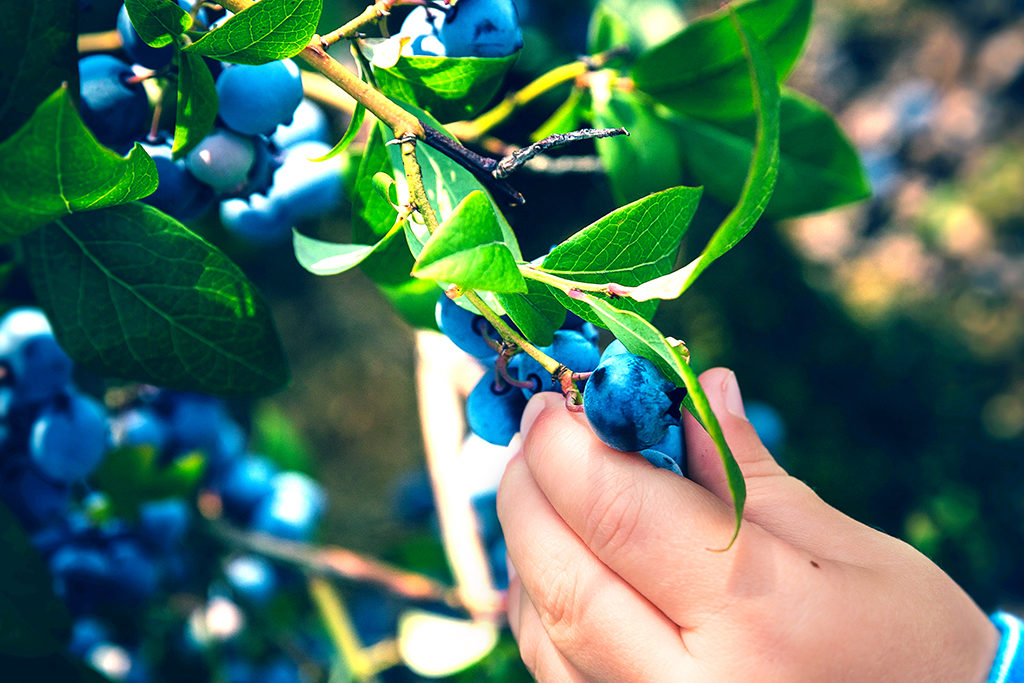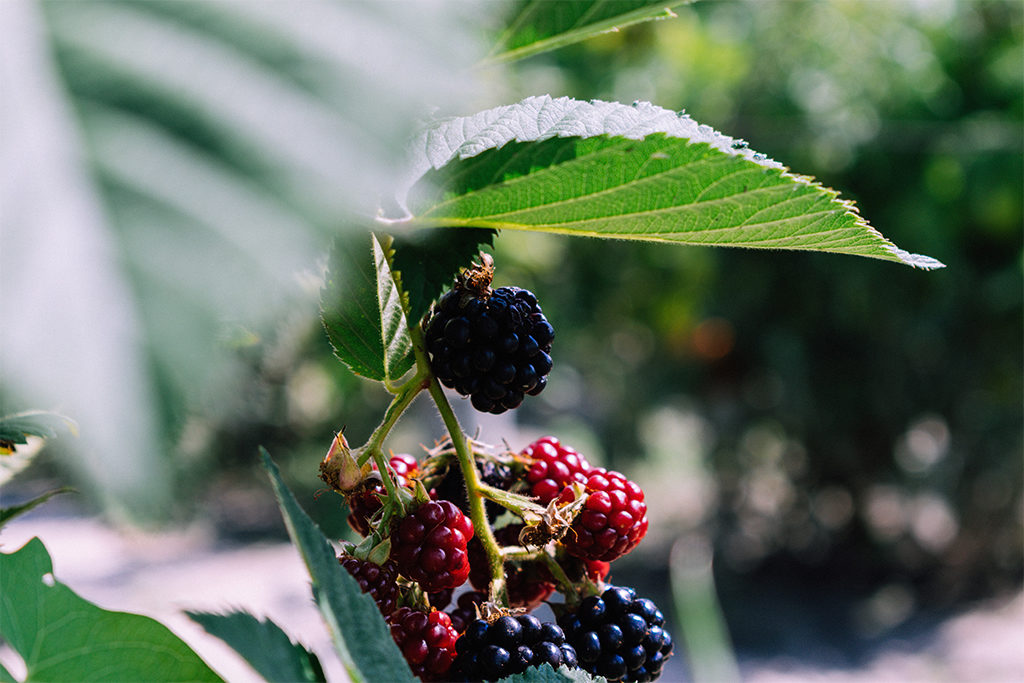Your Guide to Growing Berries in Your Backyard
Homegrown berries can make spring a season to remember. And with these specially designed berry cultivars, any Texan can be a backyard berry farmer.
Not all berries grow well in Texas. Raspberries provide a fun challenge for an experienced gardener, and strawberries can be tough as well. However, blueberries and blackberries are possible for anyone to grow. As long as they receive adequate sunlight in a fertile growing medium and are kept moist without being overwatered, you’ll be enjoying a bountiful harvest this spring.
Here’s a quick guide to planting and growing berries to help you maximize your success.

Blueberries
Varietals: Rabbiteye blueberry bushes produce an impressive amount of fresh, juicy fruit for the backyard gardener — and they have more pest resistance than many other blueberry species. The specific rabbiteye cultivar you select will depend on where you live and how many chill hours you typically get in winter.
- Tifblue and Ochlockonee cultivars work best in North Texas, since they require around 800 chill hours to bear fruit.
- Brightwell and Climax cultivars do well in and around Houston.
- The Austin variety is best suited to — you guessed it — Austin.
Preferred soil: The acidic soil that helps these blueberries thrive is mostly found in East Texas. You can plant in containers with a low-pH, soilless planting mix. Peat moss works well as a planting-mix additive to maximize growth.
Preferred conditions: Your plants will need lots of sunlight to reach their full potential, so make sure they’re not shaded by trees or your house.

Blackberries
Varietals:
- Brazos blackberries are some of the most commonly grown in Texas and have a tart flavor that blossoms when cooked.
- Brison blackberries have a similar taste to the Brazos but produce larger fruit and grow best in the black-clay soil of Central Texas.
- Rosborough blackberries, with their signature sweetness, are perfect for eating fresh off the stem.
Preferred soil: Sandy soil, at least a foot deep, that drains well. If your soil doesn’t quite meet these criteria, container gardening is the way to go.
When to plant: Late winter or early spring.
When you’ll see fruit: The top portion of the blackberry plant is biennial and only produces fruit every other year, usually starting two seasons after planting. If you want to enjoy the fruits of your labor thisspring, look for a nursery that sells 2-year-old blackberry plants. These will bear fruit the first season after you transplant them to your home garden.
When to harvest: Most blackberries are ready for harvest in May and June, though the Brazos can sometimes take until July.
When they’re ripe: You’ll know your blackberries are ripe when they are a deep black and can be picked from the bush without much effort.
Find more on backyard gardening in Texas here.
© 2020 Texas Farm Bureau Insurance



